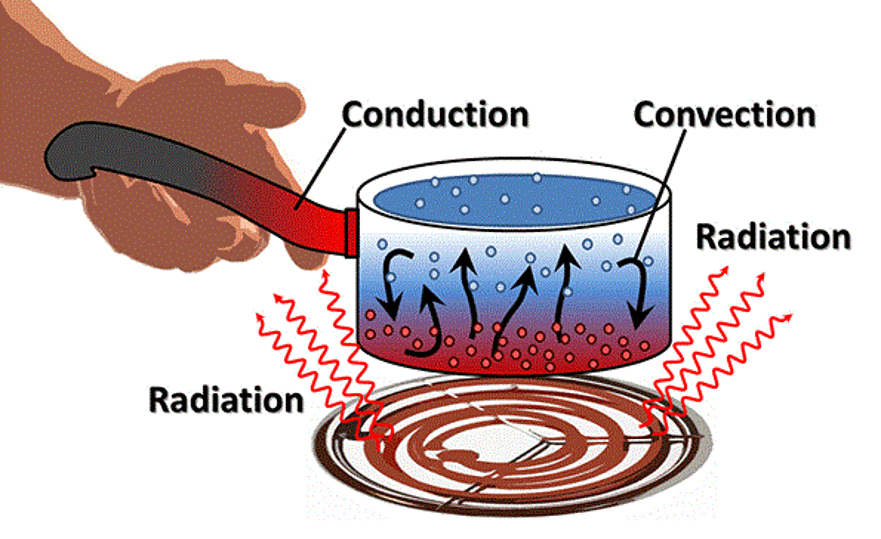Atoms and molecules are capable of transferring heat. Atoms are in motion at all times. The motion of molecules and atoms is the source of heat or thermal energy, and every matter contains this energy. The more molecules move, the more heat energy there will be. However, when it comes to heat transfer, it is nothing more than the transfer of heat from a high-temperature body to a low-temperature body.
An electrical enclosure is cooled by transferring heat from inside and releasing it to the surrounding air. There are various methods of transferring heat, including convection, conduction, thermal radiation, and evaporative cooling.
Sometimes a substance can absorb heat without an increase in temperature. This happens if the substance changes its physical state, such as when ice melts or when a liquid turns into a gas, such as this boiling water.

Speaking of Heat Transfer , specialised boiler tubes are utilised in proper functioning of Boiler Tube. SA179tube.com Is one leading Manufacturer, Supplier & Stockist Of 1026 Seamless Tubing.
3 Types of Heat Transfer
- Conduction
- Convection
- Radiation
1. Conduction
Direct contact between objects results in the transfer of heat. This is the most common form of heat transfer. The burners on stoves conduct heat energy to the bottom of a pan placed on top of them when cooking. The pan then conducts heat to its contents.
The hot oil in a deep fryer also uses conduction heating to cook the food when it comes in contact with it. Furthermore, conduction heat is responsible for moving heat from the outside to the inside of the food. Therefore, conduction heat also occurs when cooking with convection or radiation.
Conduction is the slowest method of heat transfer, but direct contact between the cooking surface and the food to be heated allows food to be cooked from the inside out. In a cast iron skillet, for example, conduction ensures an evenly cooked exterior and a moist, juicy interior.
2. Convection
Heat is transferred through fluid motion (like air or water). In contrast to conduction, convection involves the movement of thermal energy by moving hot fluid (as opposed to making other materials hot by wiggling atoms). Differences in density are usually responsible for this movement. Warmer particles are less dense, so particles with higher temperature will move to regions where the temperature is cooler and the particles with lower temperature will move to areas of higher temperature. The fluid will remain in motion until equilibrium is reached.
3. Radiation
Radiation is the transmission of heat from one place to another without leaving the intervening medium. It occurs in objects that emit electromagnetic radiation. No medium is required for the heat to travel.
SA179tubes.com is a leading supplier, stockist, manufacturer & exporter of 1026 Seamless Tubing . Get in touch with us for the best rates & availability.
